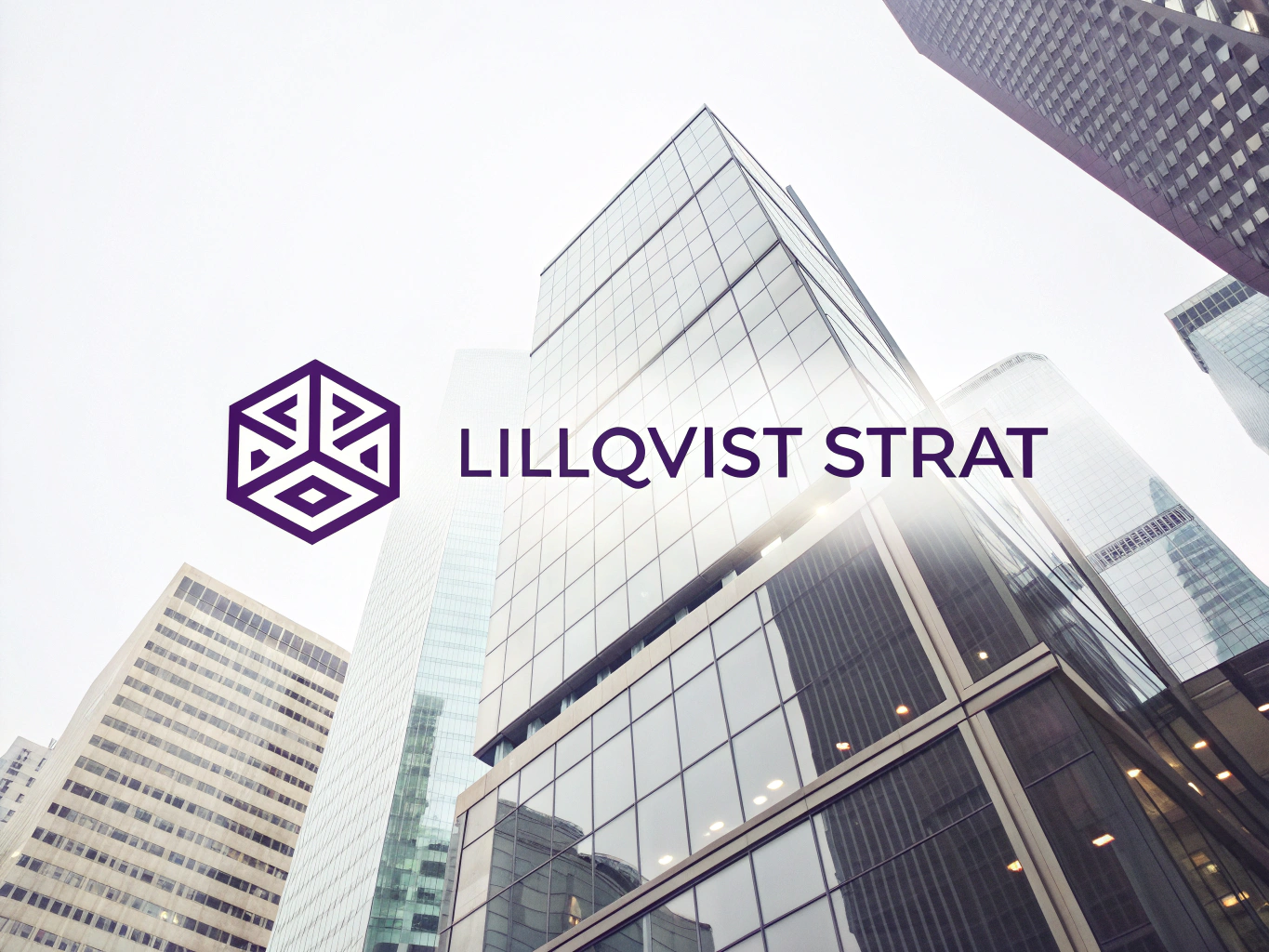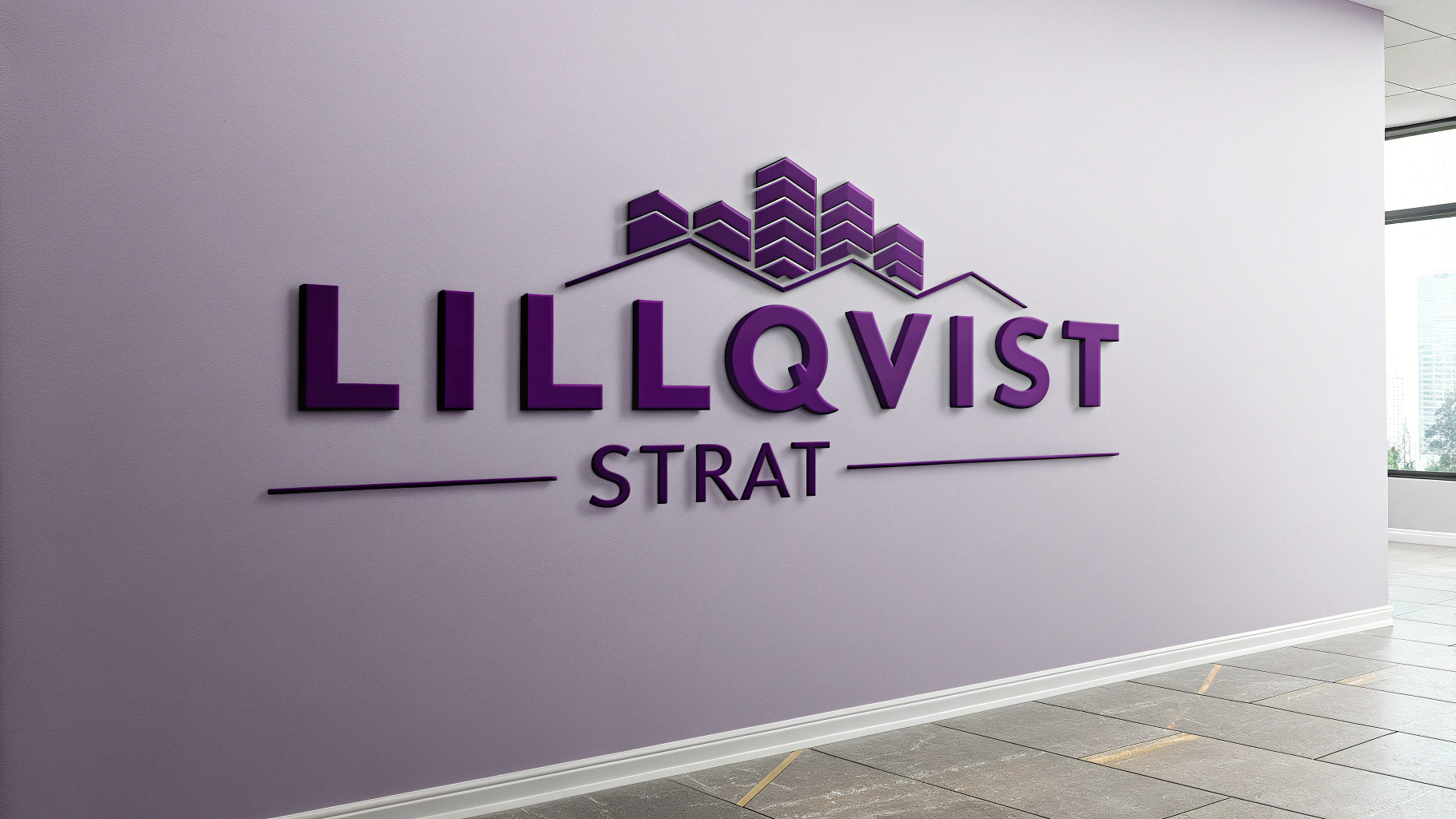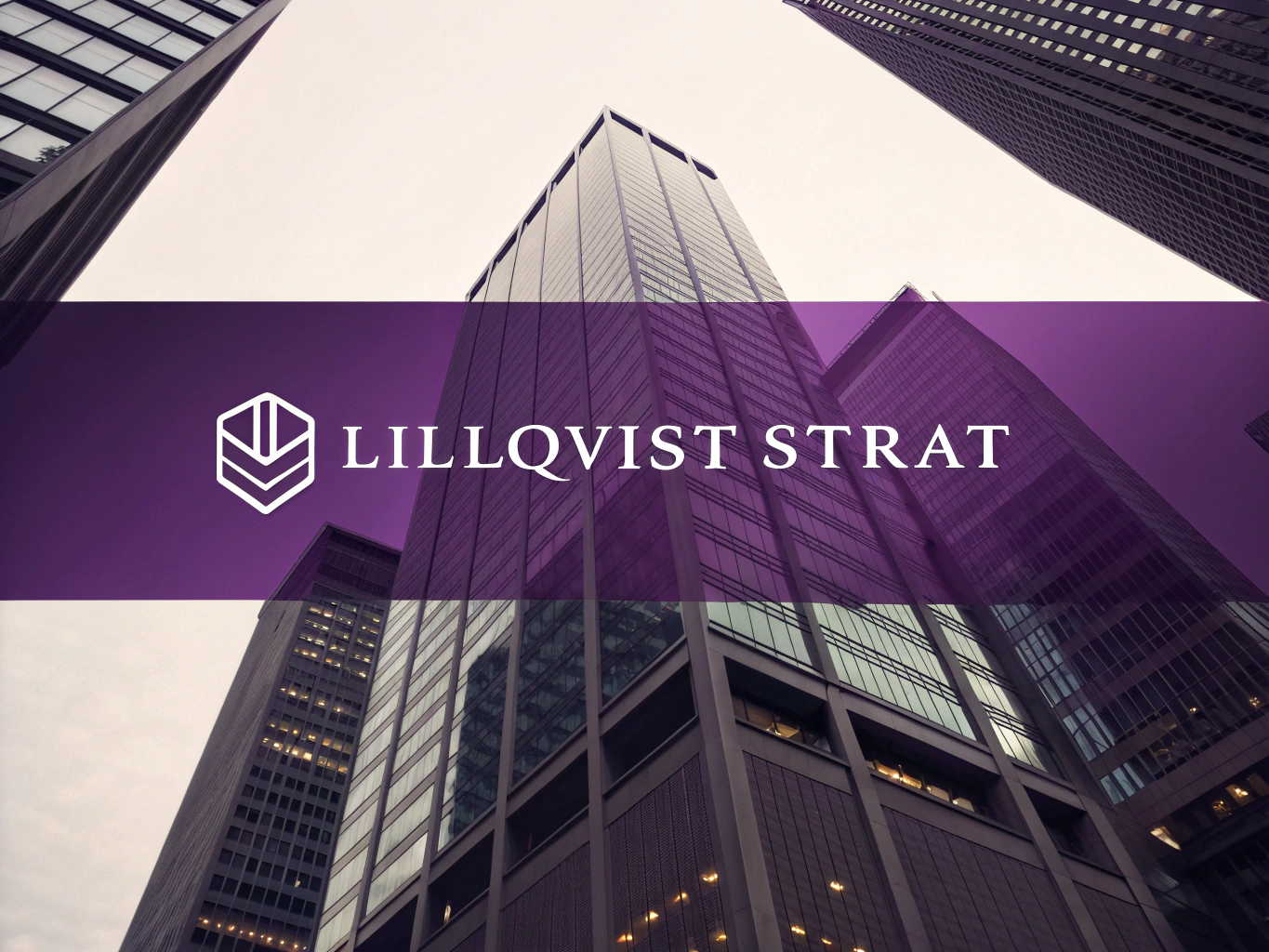Grocery shelf management plays a crucial role in the success of retail operations. Ensuring that products are properly stocked, placed in high-visibility areas, and available for customers is essential to driving sales and maintaining customer satisfaction. However, manual shelf checks can be time-consuming and prone to errors. This is where AI-powered real-time analytics can transform shelf management, providing grocery stores with actionable insights that streamline inventory processes and maximize product availability.
By using AI-driven tools such as image recognition and predictive analytics, grocery stores can automate restocking decisions, improve product placement, and ensure that high-demand products are always visible and accessible.
1. AI-Powered Shelf Stock Monitoring
AI can monitor shelf stock levels in real-time using cameras, sensors, and computer vision. By integrating image recognition technology, grocery stores can continuously assess product availability on shelves and ensure that stock levels are accurate. If a shelf is running low on a high-demand product, the system can automatically trigger a restocking process to avoid stockouts.
Example Code for Shelf Stock Monitoring Using Image Recognition:
import cv2
import numpy as np
# Load pre-trained model for product recognition
model = cv2.dnn.readNetFromTensorflow('product_recognition_model.pb')
# Function to process image from shelf and detect products
def monitor_shelf(image_path):
image = cv2.imread(image_path)
blob = cv2.dnn.blobFromImage(image, 1/255, (224, 224), (0, 0, 0), True, crop=False)
model.setInput(blob)
output = model.forward()
# Interpret the output and return detected products
detected_products = [np.argmax(output[i]) for i in range(len(output))]
return detected_products
# Example usage: monitor products on a shelf
products_on_shelf = monitor_shelf("path_to_shelf_image.jpg")
print(f"Detected products: {products_on_shelf}")In this code, AI uses image recognition to identify products placed on the shelf. By automating this process, the store can continually monitor stock levels and ensure that products are available without needing manual checks.
2. Automating Restocking Decisions
Once AI has detected low stock levels or out-of-stock items, it can trigger automatic restocking decisions. By analyzing sales data, inventory levels, and demand patterns, AI can predict when specific products need to be restocked, reducing the likelihood of stockouts. Furthermore, AI can help optimize the timing of restocking, ensuring that shelves are always stocked before peak shopping hours or sales events.
Example Code for Automating Restocking Decisions:
import pandas as pd
from datetime import datetime
# Sample data for inventory levels and sales predictions
inventory_data = {
'Product': ['Milk', 'Eggs', 'Bread', 'Canned Beans'],
'Current_Stock': [50, 10, 30, 5],
'Average_Sales_Per_Day': [20, 15, 25, 10]
}
inventory_df = pd.DataFrame(inventory_data)
# Function to predict restocking needs based on sales predictions and current stock
def check_restock_needs(inventory_df):
restock_recommendations = []
for index, row in inventory_df.iterrows():
days_until_restock = row['Current_Stock'] / row['Average_Sales_Per_Day']
if days_until_restock < 3: # Recommend restock if stock will last less than 3 days
restock_recommendations.append(f"Restock {row['Product']}")
return restock_recommendations
# Example usage: check restocking needs
restock_list = check_restock_needs(inventory_df)
print(f"Restocking recommendations: {restock_list}")This code predicts restocking needs based on current stock levels and sales data. By analyzing product demand, AI can recommend when to reorder products, automating the restocking process.
3. Ensuring Product Placement and Visibility
AI can also be used to ensure that products are placed in the most visible areas of the shelves, which is crucial for driving sales. Using image recognition technology, AI can monitor the placement of products on shelves and ensure that high-demand or promotional items are placed at eye level or in high-traffic areas. AI can also assess shelf aesthetics and optimize product grouping to maximize customer attention.
Example Code for Monitoring Product Placement:
import cv2
# Function to evaluate product placement based on image recognition
def evaluate_product_placement(image_path):
image = cv2.imread(image_path)
height, width, _ = image.shape
# Assuming high-visibility placement should be around the center of the shelf
center_x, center_y = width // 2, height // 2
product_area = image[center_y-50:center_y+50, center_x-50:center_x+50]
# Evaluate if key products are in the center of the image (high visibility area)
if detect_high_demand_product(product_area): # Assuming this function identifies key products
return "Key product placed in high-visibility area"
else:
return "Key product not in high-visibility area"
# Example usage: evaluate placement of products
placement_status = evaluate_product_placement("path_to_shelf_image.jpg")
print(placement_status)This code checks whether key products are placed in a high-visibility area of the shelf. If they are not, the system can alert store managers or automatically move the product to a better position. This ensures that customers have easy access to popular products, driving sales.
4. Enhancing Customer Experience with Optimized Shelves
AI can improve customer experience by ensuring that shelves are stocked and organized according to customer preferences. By analyzing past shopping data, AI can optimize product placement for individual stores, ensuring that popular items are always available and visible. Furthermore, AI can help with shelf space optimization, ensuring that high-demand products do not run out of stock, especially during peak shopping hours.
5. Reducing Stockouts and Overstocks
AI-powered real-time shelf management helps reduce stockouts and overstocks. By continuously monitoring inventory levels and demand trends, AI can predict potential stockouts and alert staff in time for restocking. Additionally, AI can ensure that excess stock is not left on shelves, reducing waste and improving inventory turnover.
AI-powered real-time analytics for grocery shelf management provides retailers with the tools to improve stock visibility, optimize product placement, and automate restocking decisions. By integrating image recognition, predictive analytics, and automated inventory management, grocery stores can enhance operational efficiency, increase sales, and improve the customer shopping experience. With these AI-driven tools, grocery stores can stay ahead of demand, avoid stockouts, and create a more seamless, efficient shopping environment for customers.
Let Lillqvist Strat help you implement AI-powered real-time analytics for grocery shelf management. Our expertise in AI and automation will help optimize your retail operations, improve stock visibility, and drive higher sales and customer satisfaction.

Lillqvist Strat consults on business developement, software projects, automation, SOPs, analytical tools and more.
Contact me today to get started on our journey to higher profits, more revenue and happier employees!
Go to Contact now



